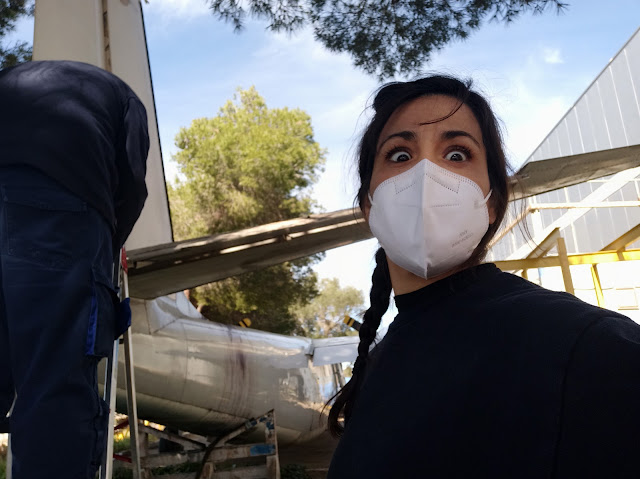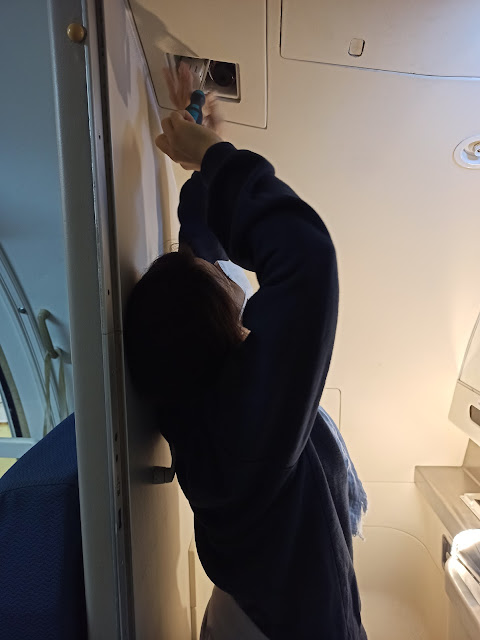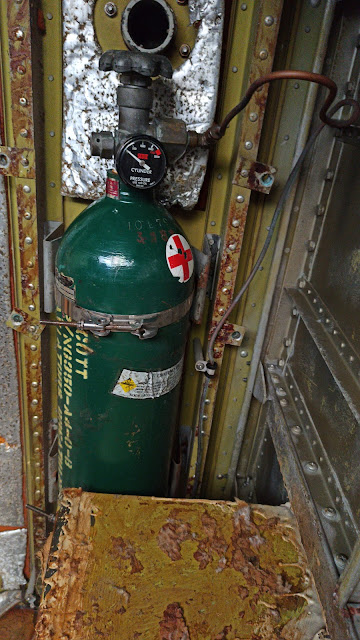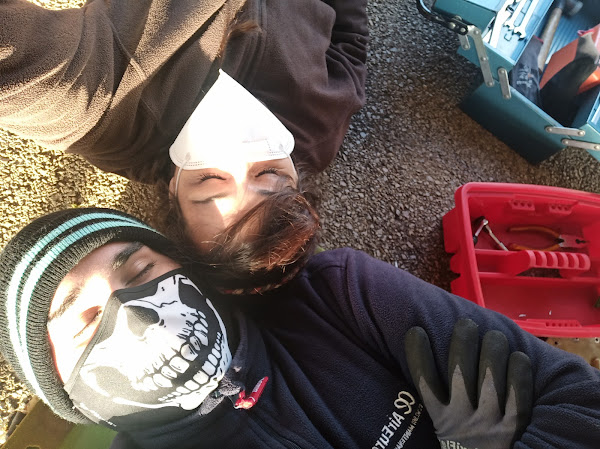MY DAILY WEEK SEVENTEEN - TIME TO CRY A LITTLE
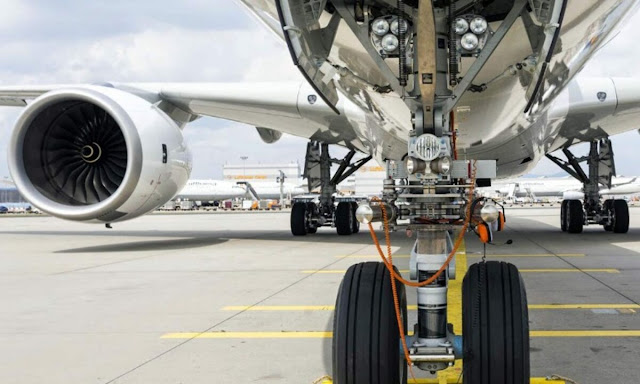
TIME TO CRY A LITTLE: My contribution: ATA 32 Landing gears have two main functions: • Supporting the weight of the stationary aircraft on the ground • Absorbing the loads during touchdown, the landing run and taxiing They are divided into two main categories, fixed for small aircraft or fully retractable for larger aircraft. It is divided into several components: brakes, wheels, shock absorber, hydraulic system… Each brake consists of a brake housing assembly (hydraulic supply) and a carbon composite hot section. Shock absorber is to absorb and dissipate the tremendous shock loads of landing Hydraulic oil to absorb and dissipate the shock loads, for landing gear retraction and expansion And the wheels, I don't know what to say about the wheels… Tell me everything you know about Module 11 - the nightmare module (for some - Mr. Buades loves it!) Time is running out, the tunnel is getting shorter, the light is getting brighter but we have one GIGANTIC hurdle to ov

